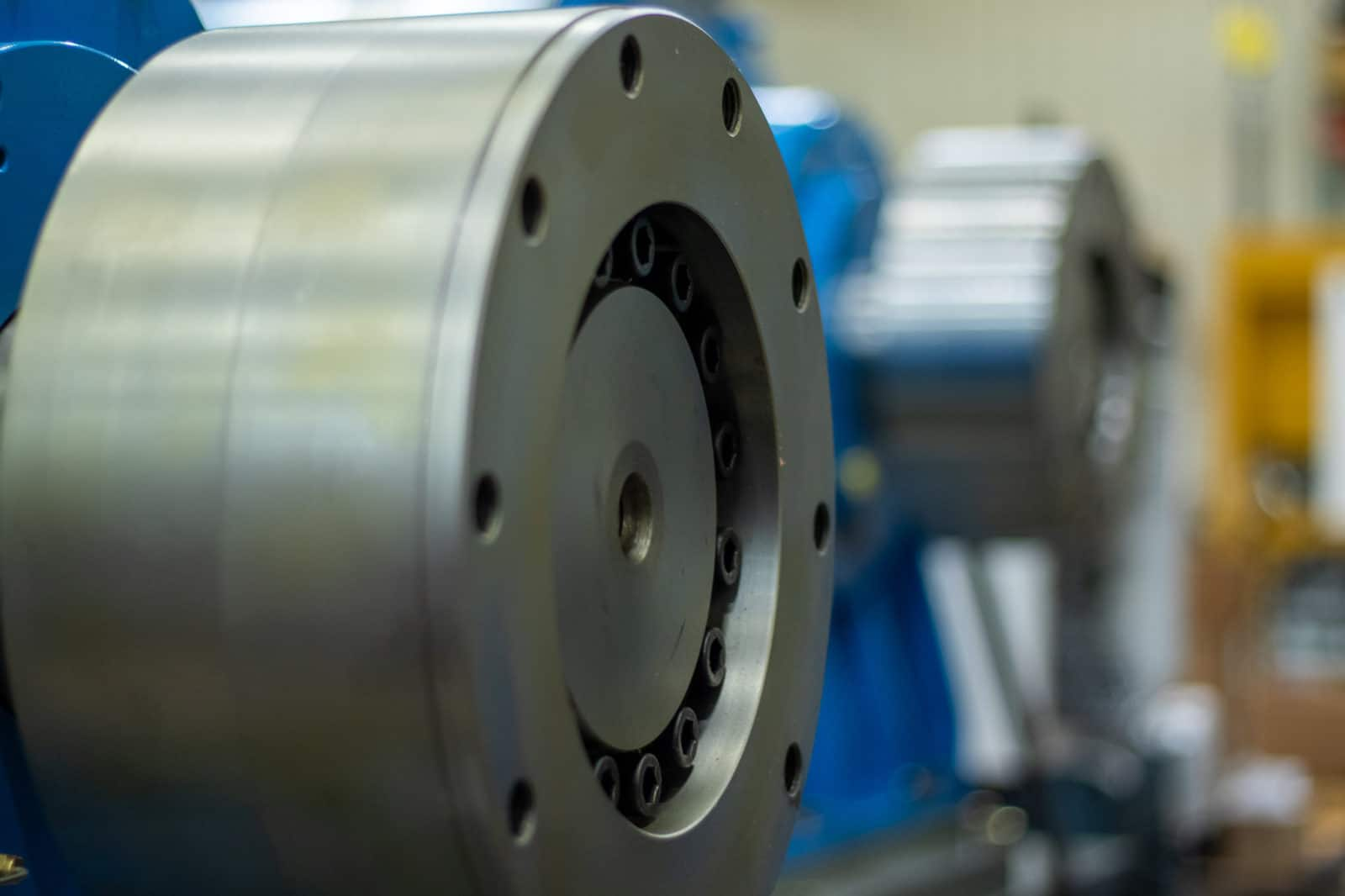

Articles
How To Calculate HP Of Electric Motor
Modified: August 27, 2024
Learn how to calculate the horsepower (HP) of an electric motor in this informative article. Find detailed steps and formulas to determine the power output of your motor.
(Many of the links in this article redirect to a specific reviewed product. Your purchase of these products through affiliate links helps to generate commission for Storables.com, at no extra cost. Learn more)
Introduction
Welcome to our comprehensive guide on how to calculate the horsepower (HP) of an electric motor. Whether you are an engineering enthusiast, a professional technician, or simply someone curious about the inner workings of electric motors, understanding how to determine the HP of a motor is a valuable skill to have. In this article, we will break down the steps and factors involved in calculating the HP of an electric motor, providing you with the knowledge to make informed decisions and optimize motor performance.
Electric motors are the workhorses of many industries and applications. From powering machinery in manufacturing plants to running household appliances, electric motors play a crucial role in our day-to-day lives. The horsepower rating of a motor is an important specification that indicates its power output. This value is highly relevant when selecting a motor for a particular application or when assessing the efficiency and performance of an existing motor.
Calculating the HP of an electric motor involves taking several factors into consideration. It is not a simple calculation but rather a combination of evaluating motor efficiency, determining motor load, and performing the necessary calculations. By understanding and applying these concepts, you can accurately assess the power of an electric motor and make informed decisions based on your specific needs.
In the following sections, we will delve into the details of understanding horsepower, factors to consider, and a step-by-step guide on how to calculate the HP of an electric motor. So, let’s get started and unlock the secrets of motor power!
Key Takeaways:
- Understanding Horsepower (HP)
Electric motor horsepower (HP) calculation involves considering factors such as motor efficiency, load, speed, power factor, and environmental conditions. By understanding these factors, you can accurately assess the power of an electric motor and make informed decisions based on your specific needs. - Step-by-Step Guide to Calculating HP of an Electric Motor
To calculate the horsepower of an electric motor, follow a systematic approach: determine motor efficiency, obtain motor load in horsepower, calculate the total HP, validate the results, and consider safety factors. This ensures accurate results and informed decision-making for motor selection and performance optimization.
Read more: How To Calculate Electric Motor Torque
Understanding Horsepower (HP)
Before we dive into the calculations, let’s first gain a solid understanding of what horsepower (HP) actually represents in the context of electric motors.
Horsepower is a unit of power that measures the rate at which work is done. In the world of electric motors, horsepower refers to the amount of power the motor can generate or deliver. It is an important indicator of the motor’s capability to perform a certain task or handle a specific load.
The concept of horsepower was first introduced by engineer James Watt in the late 18th century. He needed a way to compare the power output of his steam engines to the power provided by horses, which were commonly used in manual labor at the time. Watt determined that one horsepower is equivalent to the power needed to lift 550 pounds by one foot in one second. This measurement became the standard for evaluating the power output of engines and motors.
In the realm of electric motors, there are two main types of horsepower to consider:
- Rated Horsepower (RHP): This is the horsepower listed by the manufacturer and represents the power capacity of the motor under ideal conditions. Manufacturers typically provide this value for various motor sizes to help users select the appropriate motor for their specific application.
- Actual Horsepower (AHP): This refers to the measured or calculated horsepower of a motor under real-world operating conditions. It takes into account factors such as motor efficiency, load, and environmental conditions that can affect the motor’s power output.
It’s important to note that the actual horsepower of a motor can be lower than the rated horsepower due to various factors such as friction, inefficiencies, or overloading. Therefore, it is crucial to understand how to calculate the actual horsepower to ensure optimal motor performance and avoid potential issues.
Now that we have a grasp on what horsepower represents and the differences between rated and actual horsepower, let’s explore the factors that come into play when determining the horsepower of an electric motor.
Factors to Consider
Calculating the horsepower of an electric motor involves considering several factors that can impact its power output. Understanding these factors is essential for accurate calculations and ensuring optimal motor performance. Let’s explore the key factors to consider:
- Motor Efficiency: The efficiency of a motor refers to its ability to convert electrical energy into mechanical energy with minimal losses. Motors are not 100% efficient, meaning that a portion of the input power is lost as heat. Efficiency is expressed as a percentage, with higher percentages indicating more efficient motors. When calculating the horsepower, it’s important to factor in the motor’s efficiency to obtain accurate results.
- Motor Load: The load on the motor refers to the work or power demand imposed on the motor. This can vary depending on the application and operating conditions. It is crucial to determine the motor load in horsepower when calculating the overall horsepower of the motor. The motor load can be obtained by measuring the power requirements of the connected equipment or by using load estimation techniques.
- Motor Speed: The speed of the motor plays a role in the horsepower calculation, as it affects the amount of work the motor can perform. Motors are typically rated for a specific speed, and operating at speeds higher or lower than the rated speed can impact the power output. When calculating the horsepower, ensure that the motor speed aligns with the rating specified by the manufacturer.
- Power Factor: Power factor is a measure of how effectively a motor uses the electrical power supplied to it. It determines the ratio between the actual power (in watts) and the apparent power (in volt-amperes). A lower power factor indicates less efficient power utilization. When calculating the horsepower, considering the power factor is important to accurately reflect the motor’s power output.
- Environmental Conditions: The operating environment can also impact the performance of an electric motor. Factors such as temperature, altitude, humidity, and ambient air quality can affect the motor’s efficiency and power output. Take into account any environmental conditions that may influence the horsepower calculations for accurate results.
By taking these factors into consideration, you can ensure that your horsepower calculations are accurate and reflective of the motor’s actual power output. Now, let’s move on to the step-by-step guide on how to calculate the horsepower of an electric motor.
Step-by-Step Guide to Calculating HP of an Electric Motor
Calculating the horsepower of an electric motor involves a systematic approach to ensure accurate results. By following these steps, you can determine the power output of a motor and make informed decisions for your specific application:
- Determine Motor Efficiency: Obtain the motor’s efficiency rating, which is usually provided by the manufacturer. This value is expressed as a percentage and represents the motor’s ability to convert electrical energy into mechanical energy without losses. For example, if the motor’s efficiency is 85%, you would use 0.85 in subsequent calculations.
- Obtain Motor Load in Horsepower: Measure or estimate the motor load in terms of horsepower. This can be done by either measuring the power requirements of the connected equipment or using load estimation techniques provided by the manufacturer or industry guidelines. It is important to consider the actual power demand placed on the motor to accurately reflect its performance.
- Calculate the Total HP: Multiply the motor’s efficiency (expressed as a decimal) by the motor load in horsepower. This will give you the actual horsepower output of the motor. For example, if the motor’s efficiency is 0.85 and the motor load is 10 horsepower, the total horsepower would be 0.85 x 10 = 8.5 horsepower.
- Validate the Results: It is always a good practice to validate your calculated results by comparing them to the manufacturer’s specifications or performance data. This can be found in the motor’s datasheet or technical documentation. Validating the results ensures accuracy and helps identify any discrepancies or potential issues with the motor’s performance.
- Consider Safety Factors: Depending on the application and industry standards, it is important to incorporate safety factors into your calculations. These factors account for contingencies and provide a margin of safety for the motor’s operation. Safety factors may vary depending on the specific industry or application, so it is essential to consult relevant guidelines and standards.
By following this step-by-step guide, you can accurately calculate the horsepower of an electric motor. Remember that these calculations provide the actual power output based on specific conditions. It is crucial to consider factors such as efficiency, load, speed, power factor, and environmental conditions to obtain accurate results and make informed decisions.
Now that you have the knowledge and tools to calculate the horsepower of an electric motor, you can optimize motor performance, select the appropriate motor for your application, and ensure efficient operation.
To calculate the horsepower (hp) of an electric motor, use the formula: hp = (Torque x RPM) / 5252. Torque is measured in pound-feet and RPM is the speed of the motor in revolutions per minute.
Determine Motor Efficiency
The first step in calculating the horsepower of an electric motor is to determine its efficiency. Motor efficiency is a measure of how effectively the motor can convert electrical energy into mechanical energy without losses. It is expressed as a percentage and provided by the manufacturer for a specific motor model.
Motor efficiency can vary depending on the type, size, and design of the motor. Higher efficiency motors are more desirable as they convert a larger percentage of electrical energy into useful mechanical work, resulting in reduced energy consumption and cost savings.
To determine the motor efficiency, you can refer to the motor’s datasheet or technical documentation provided by the manufacturer. The efficiency value is typically stated as a percentage, such as 85%, and should be expressed as a decimal (0.85) for calculations.
It’s important to note that motor efficiency can vary depending on the operating conditions and load placed on the motor. In some cases, the motor efficiency may drop at lighter loads or when operating outside its rated speed range.
By obtaining the motor efficiency value, you will have a crucial piece of information required for calculating the horsepower of the motor accurately. This value will be used in subsequent calculations to determine the actual power output of the motor.
When determining the efficiency of a motor, it is also important to consider any loss factors, such as friction losses, iron losses, and copper losses. These losses can affect the motor’s efficiency and should be accounted for in specific applications where they play a significant role.
By taking into account the motor efficiency, you can ensure that your horsepower calculations reflect the motor’s true power output. This information will enable you to make informed decisions when selecting a motor or optimizing the performance of an existing motor in various applications.
Read more: How Much Copper Is In A 50 HP Electric Motor
Obtain Motor Load in Horsepower
Once you have determined the efficiency of the electric motor, the next step in calculating its horsepower is to obtain the motor load in terms of horsepower. The motor load represents the work or power demand placed on the motor by the equipment it is driving.
There are various methods to determine the motor load, depending on the specific application and available data. Here are a few common approaches:
- Power Measurement: One way to obtain the motor load is by directly measuring the power requirements of the connected equipment. This can be done using power meters or by utilizing the existing instrumentation in the system. By measuring the power consumed by the load, you can determine the motor load in terms of horsepower.
- Load Estimation: In some cases, it may be challenging to measure the power consumed by the load directly. In such situations, load estimation techniques can be used. These techniques involve analyzing the characteristics of the equipment being driven by the motor and calculating an estimate of the power demand based on factors such as operating parameters, duty cycle, and load torque requirements. Manufacturers often provide guidelines or software tools for load estimation based on their equipment specifications.
- Design Specifications: If you are working on a new system or equipment design, you can determine the motor load based on the design specifications. This involves considering factors such as the required torque, speed, and power output of the equipment and selecting a motor that meets these requirements. The design specifications can provide the necessary information to determine the motor load accurately.
It’s important to ensure that the motor load is measured or estimated accurately to obtain reliable results in the horsepower calculation. Accounting for the actual power demand placed on the motor will provide a more accurate reflection of its performance and power output.
Remember that the motor load can vary depending on the operating conditions and the specific application. It is important to consider any variations in load over time or during different operating scenarios to get a holistic view of the motor’s power requirements.
By obtaining the motor load in horsepower, you will have the necessary information to proceed with calculating the overall horsepower output of the motor accurately. This value will be used in combination with the motor’s efficiency to determine the actual power output in the next step.
Calculate the Total HP
After determining the motor efficiency and obtaining the motor load in horsepower, the next step in calculating the horsepower of an electric motor is to calculate the total HP. This step involves combining the efficiency and load information to determine the actual power output of the motor.
To calculate the total HP, follow these steps:
- Convert Motor Efficiency to Decimal: Take the motor efficiency value that you obtained in the first step and convert it to a decimal. For example, if the motor efficiency is 85%, you would use 0.85 in the calculations.
- Multiply Motor Efficiency and Motor Load: Multiply the motor efficiency (expressed as a decimal) by the motor load in horsepower. This will give you the actual horsepower output of the motor. For example, if the motor efficiency is 0.85 and the motor load is 10 horsepower, the total horsepower would be 0.85 x 10 = 8.5 horsepower.
It’s essential to note that the calculated total HP represents the actual power output of the motor based on the given efficiency and load. This value can be used to determine the motor’s performance, compare it to rating requirements, and make informed decisions regarding motor selection or optimization.
However, it’s crucial to validate the calculated total HP by comparing it to the manufacturer’s specifications or performance data. This validation process ensures accuracy and helps identify any discrepancies or differences between the calculated and rated horsepower of the motor.
In addition, when calculating the total HP, it’s important to consider any safety factors or allowances required for the specific application. These factors account for contingencies and provide a margin of safety for the motor’s operation. Safety factors can vary depending on the industry or application, and it is essential to consult relevant guidelines and standards to ensure the motor is appropriately rated and operated.
By carefully calculating the total HP using the motor’s efficiency and load values, and considering any necessary safety factors, you can accurately determine the actual power output of the electric motor. This information will assist you in selecting the appropriate motor for your application, optimizing motor performance, and ensuring efficient operation.
Conclusion
Congratulations! You have now learned how to calculate the horsepower (HP) of an electric motor. By understanding the concept of horsepower and considering factors such as motor efficiency and load, you can accurately determine the power output of a motor. This knowledge is invaluable for selecting the right motor for a specific application, optimizing motor performance, and ensuring efficient operation.
Throughout this guide, we have explored the essential steps involved in calculating motor horsepower. We started by understanding what horsepower represents in the context of electric motors and the differences between rated horsepower (RHP) and actual horsepower (AHP). We then delved into the factors to consider, including motor efficiency, load, speed, power factor, and environmental conditions.
We followed a step-by-step guide to calculate the horsepower of an electric motor, which included determining the motor efficiency, obtaining the motor load in horsepower, and calculating the total HP by multiplying the efficiency and load. We also emphasized the importance of validating the results and considering safety factors to ensure accurate and reliable calculations.
By mastering the calculation of motor horsepower, you can make informed decisions when selecting motors for various applications or when assessing the performance of existing motors. Understanding the power output of a motor is critical for optimizing energy efficiency, reducing costs, and ensuring the motor can handle the workload effectively.
Remember that motor efficiency, load, and operating conditions can vary, so it is essential to periodically reassess and recalculate the horsepower of a motor to account for any changes or deviations. Regular maintenance, monitoring, and inspection of motors can help identify any inefficiencies or issues that may impact their performance.
We hope this comprehensive guide has provided you with the knowledge and tools to confidently calculate the horsepower of an electric motor. Embrace this newfound understanding, and apply it to enhance your work in the world of electric motors and power systems.
Happy calculating!
Frequently Asked Questions about How To Calculate HP Of Electric Motor
Was this page helpful?
At Storables.com, we guarantee accurate and reliable information. Our content, validated by Expert Board Contributors, is crafted following stringent Editorial Policies. We're committed to providing you with well-researched, expert-backed insights for all your informational needs.
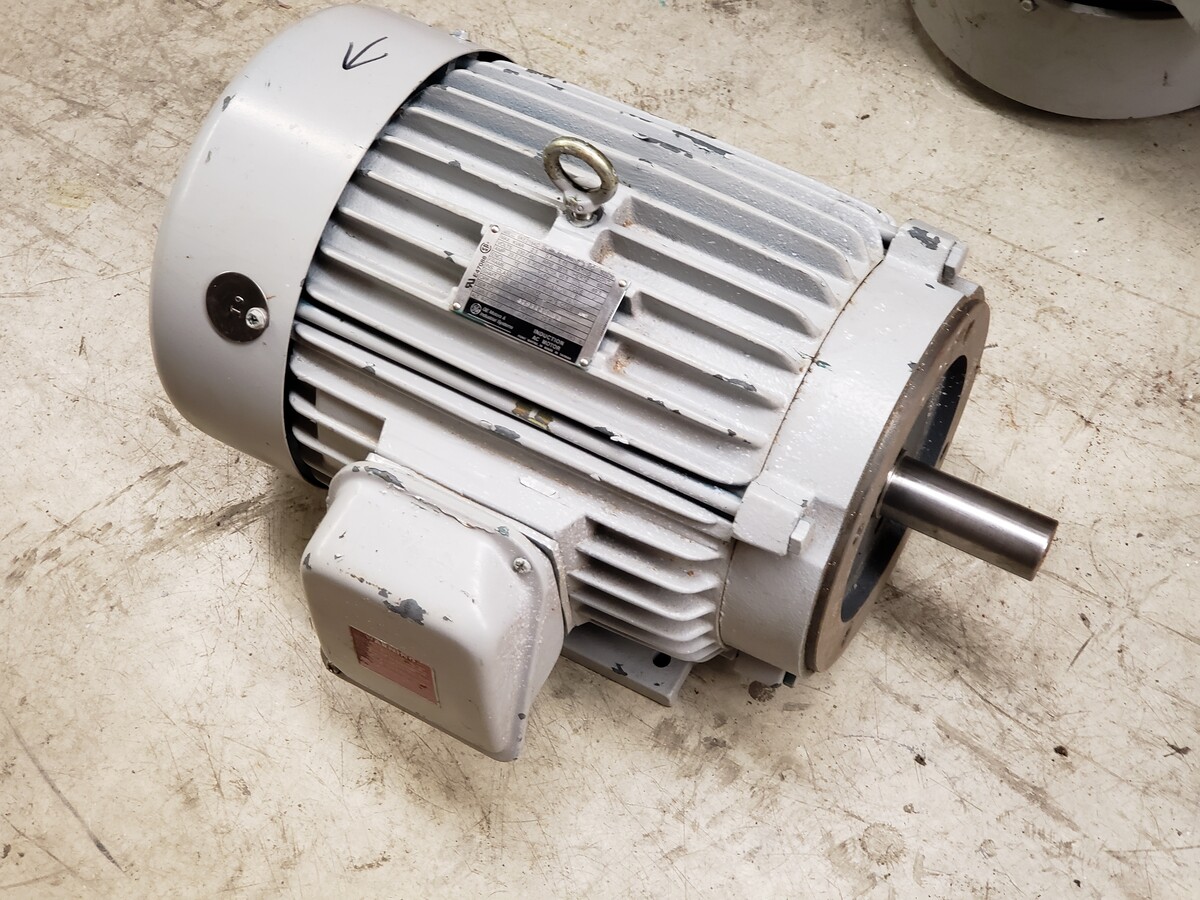
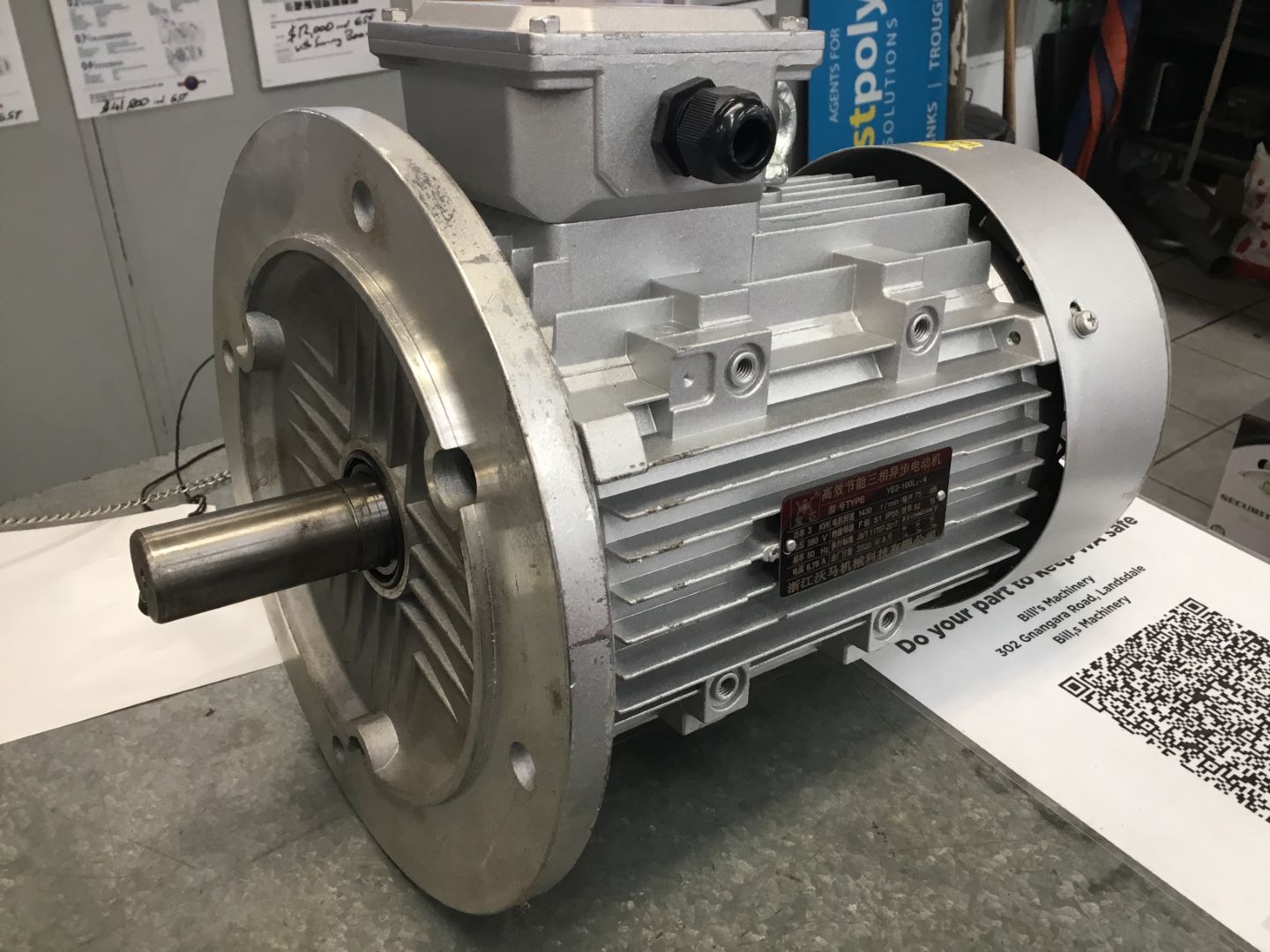
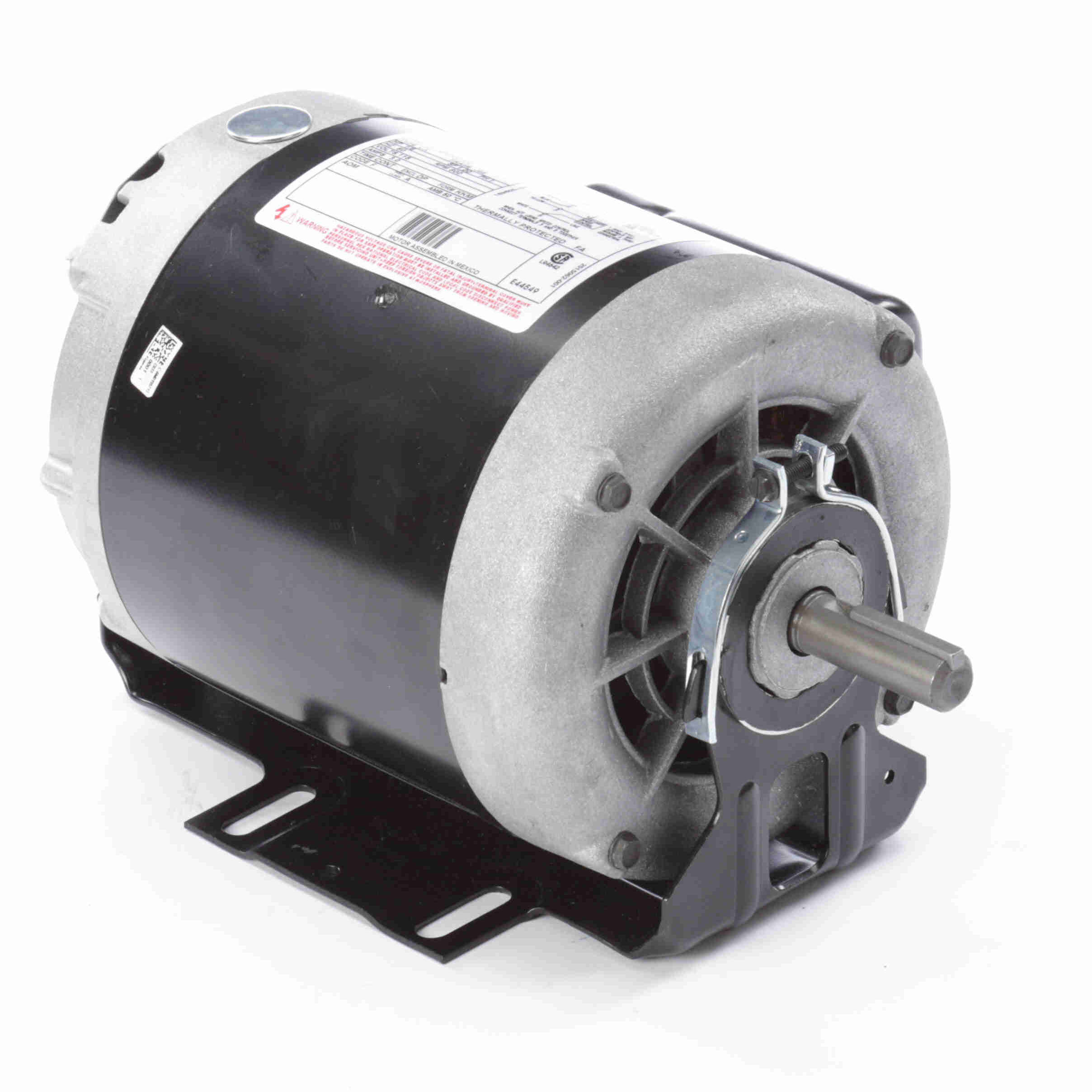
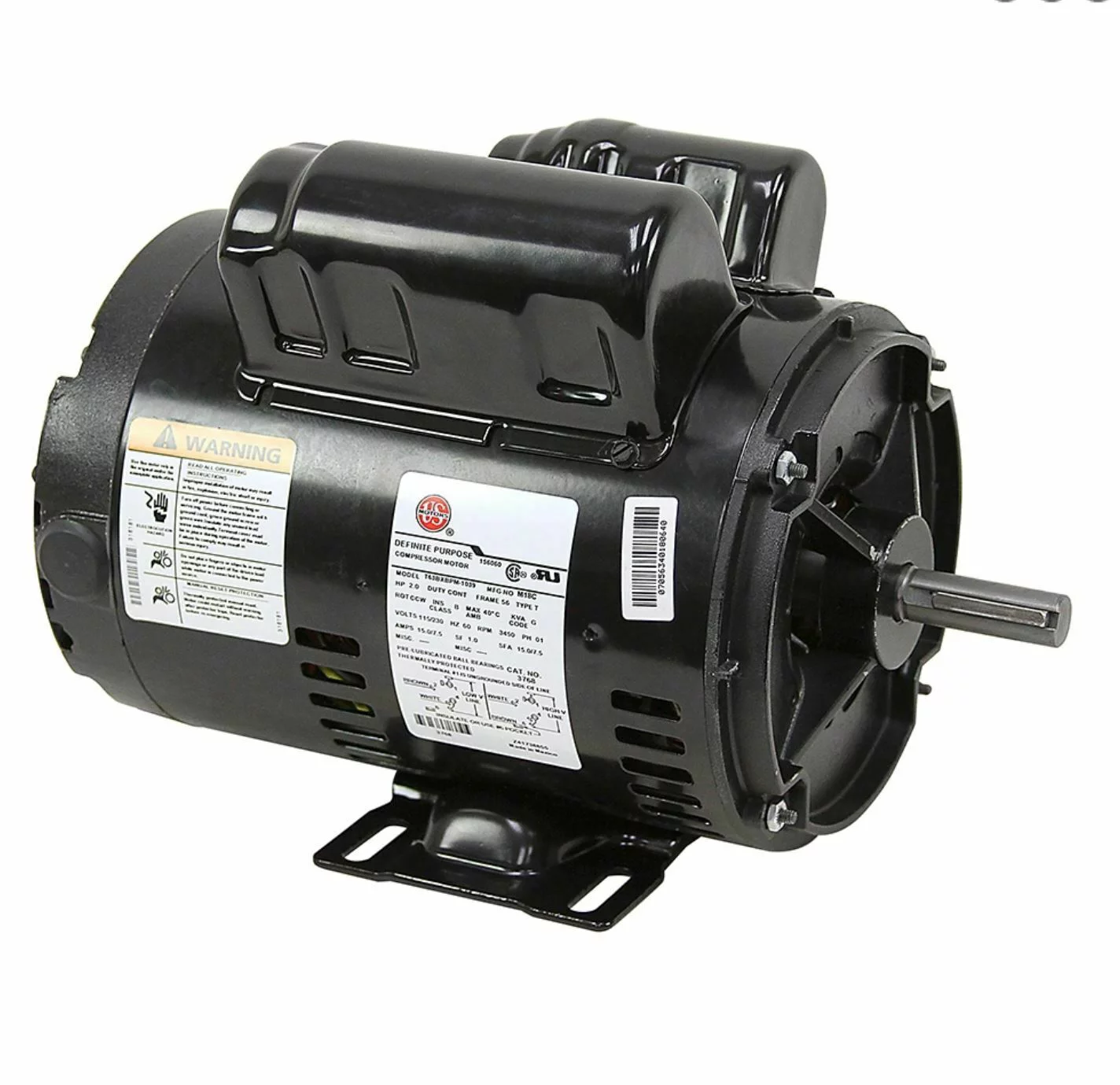
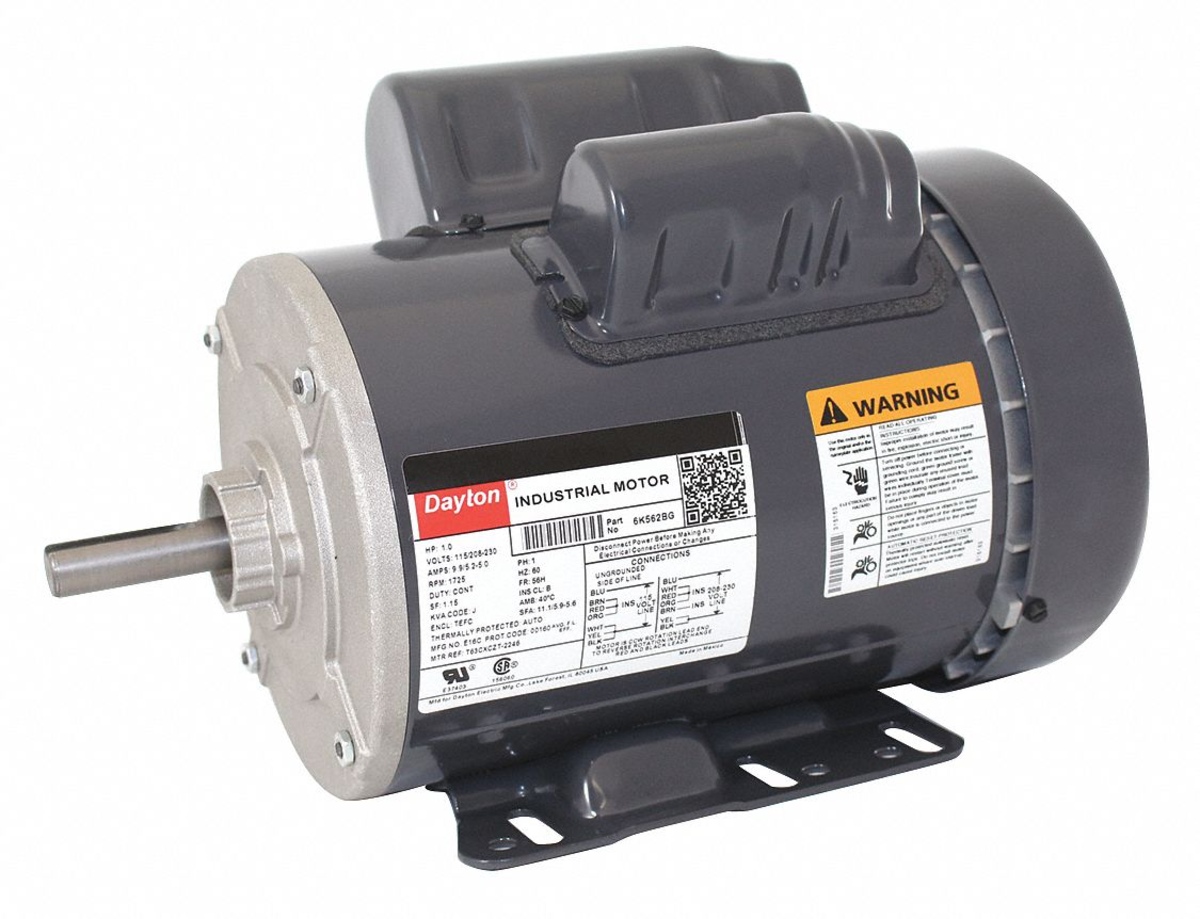
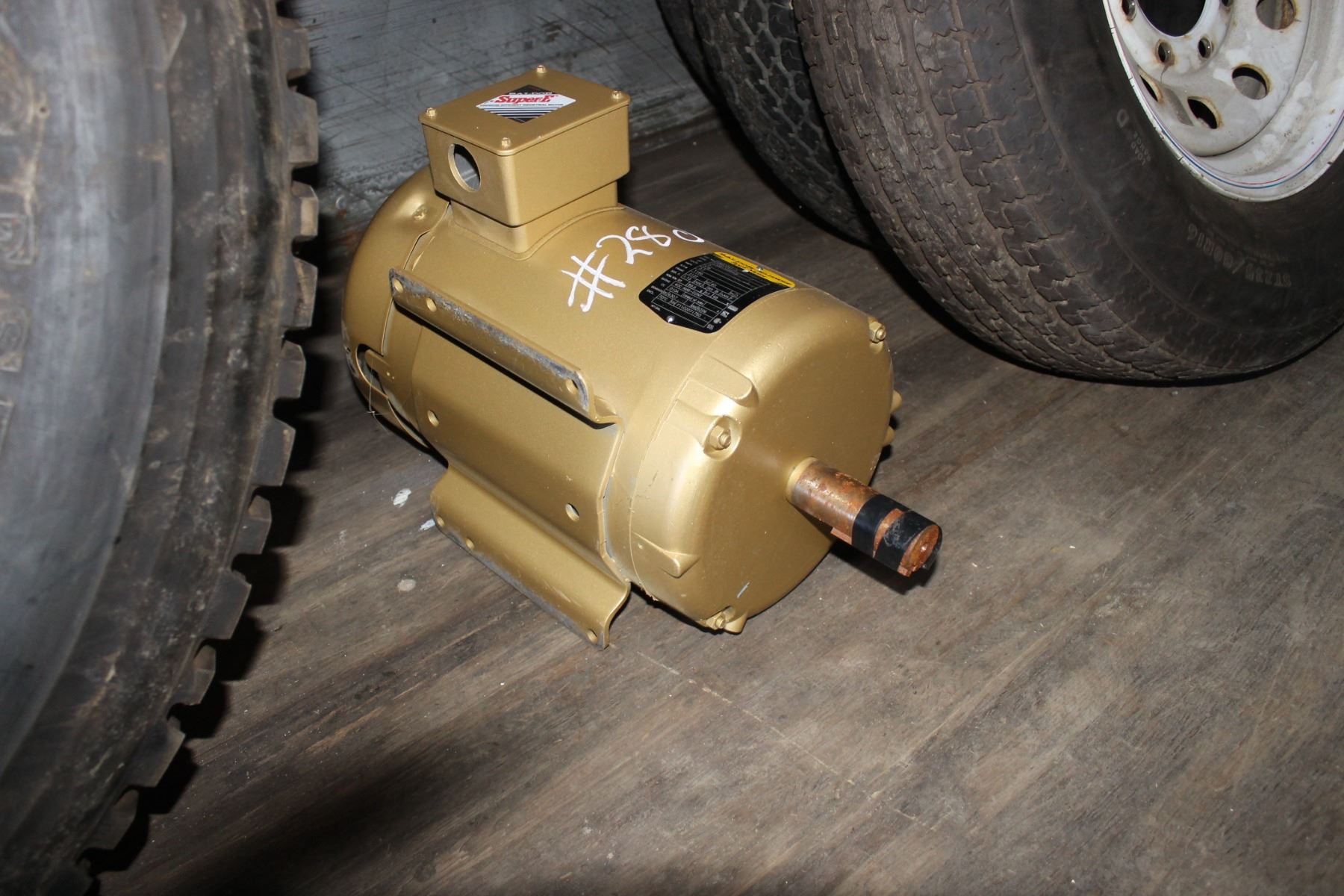
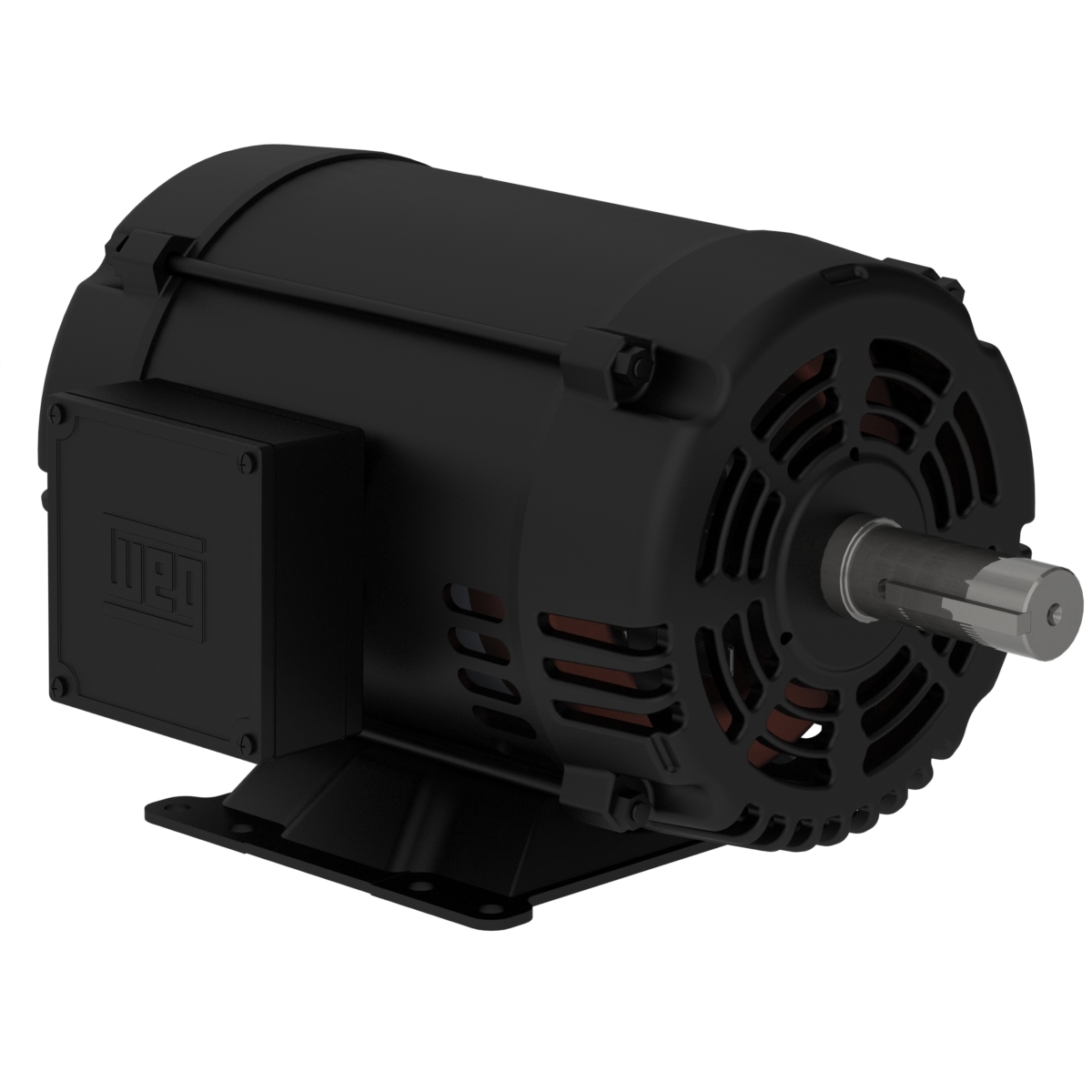
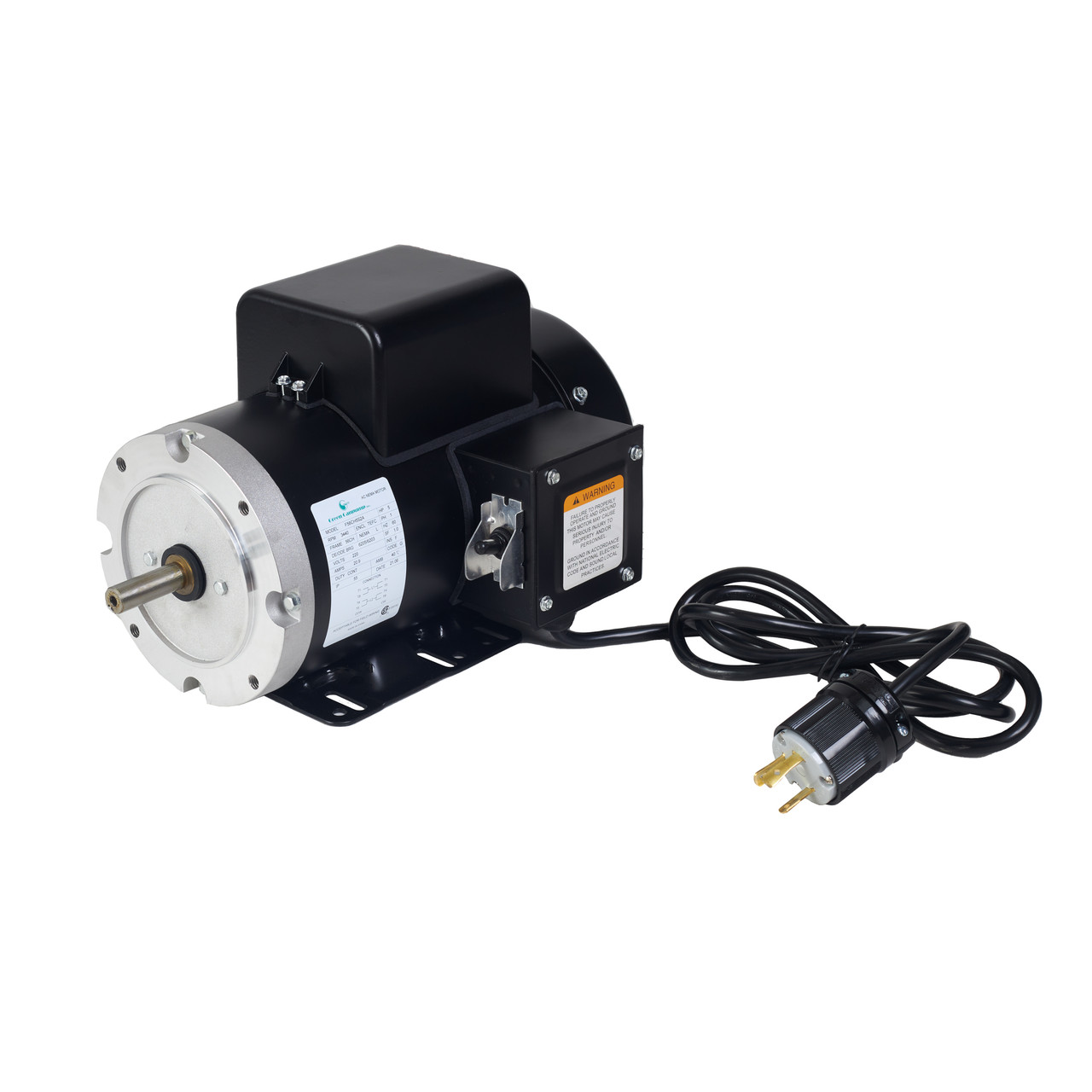
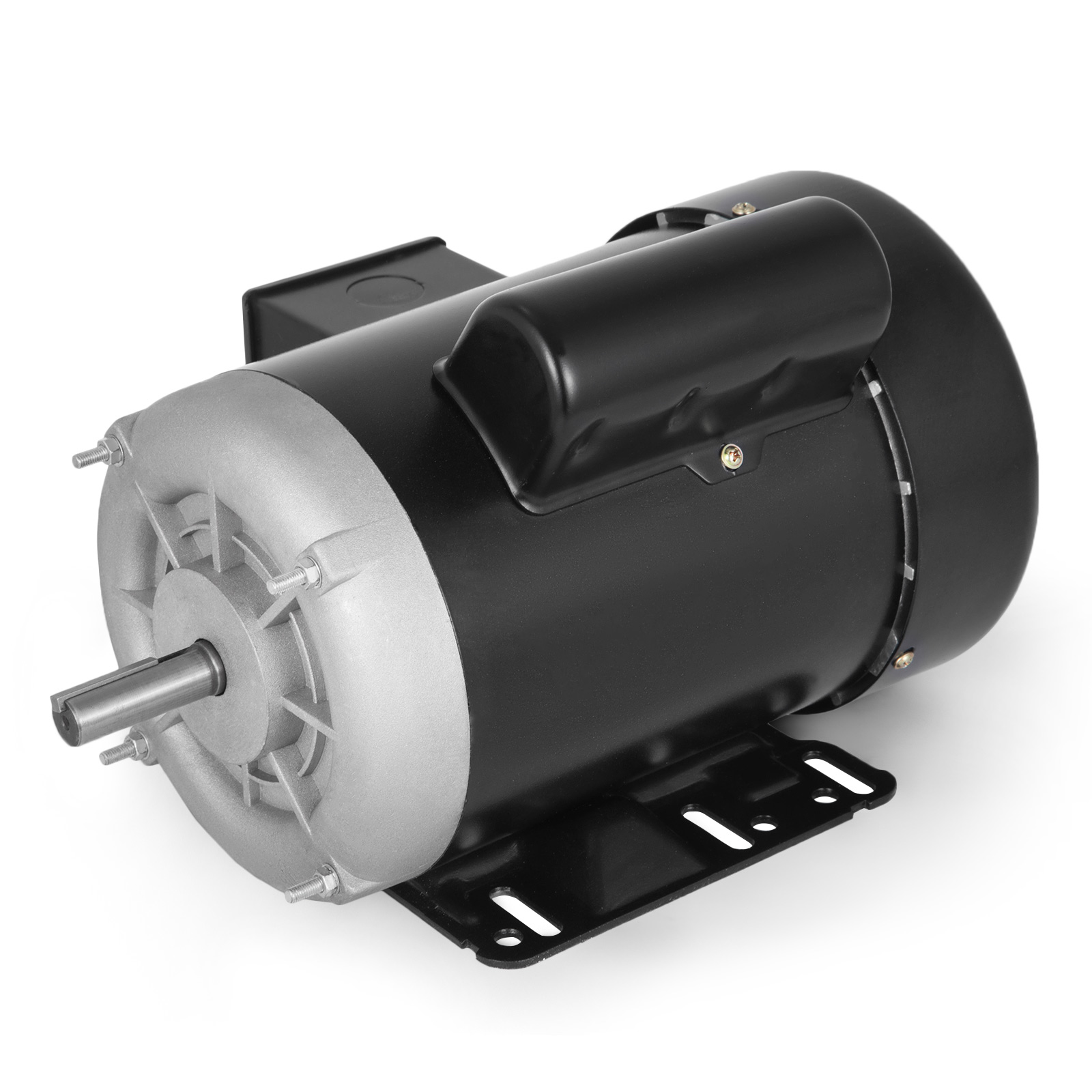
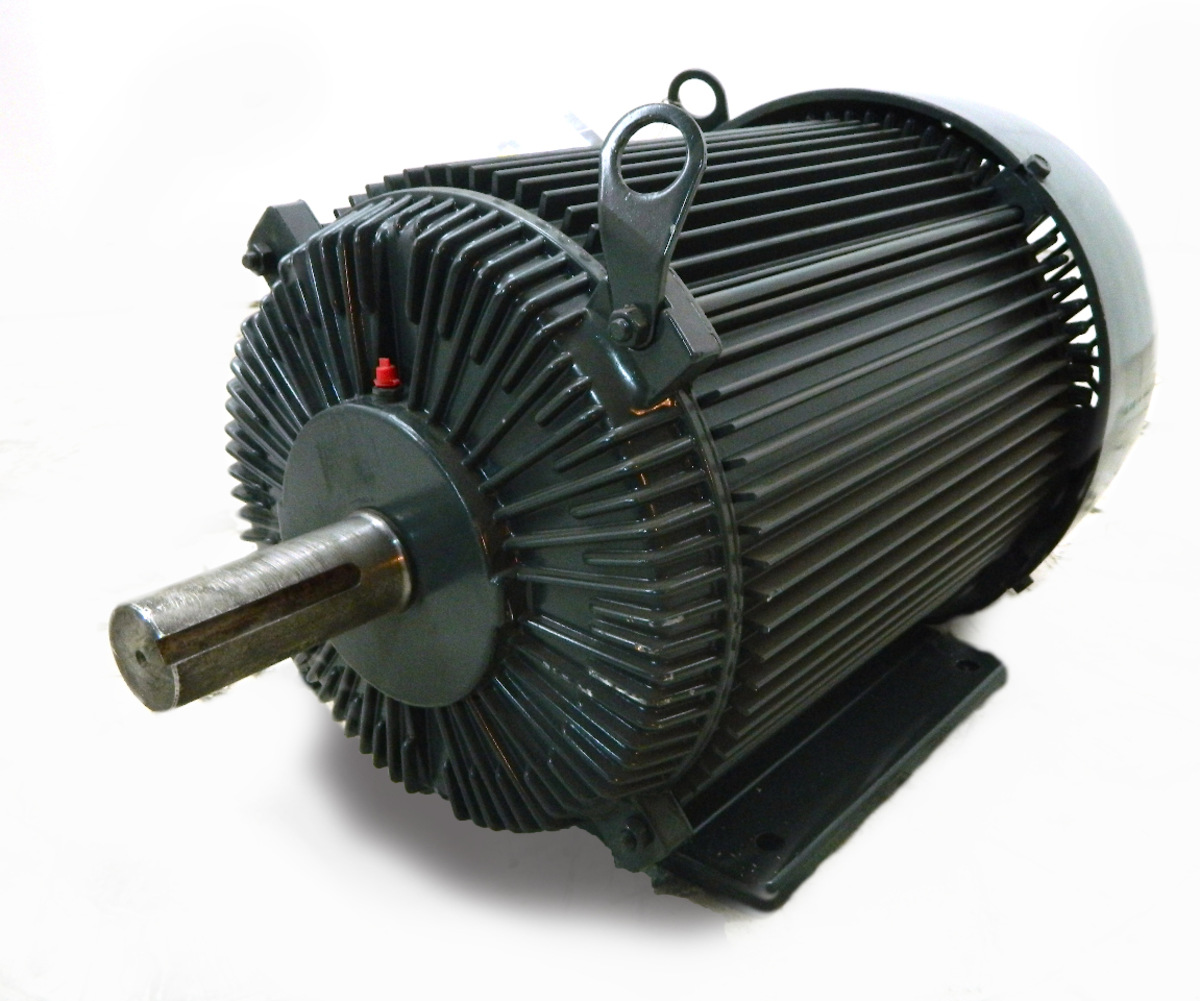
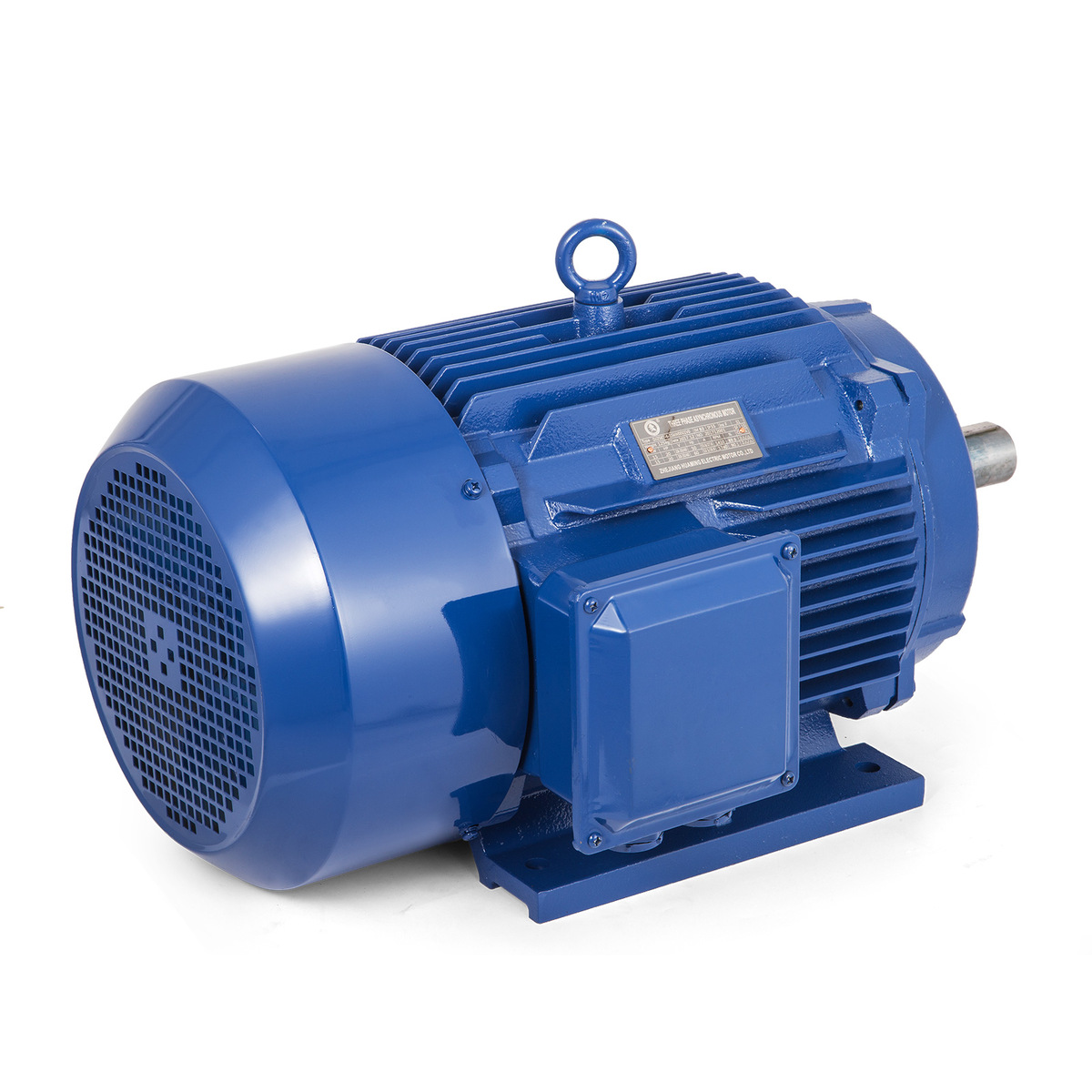
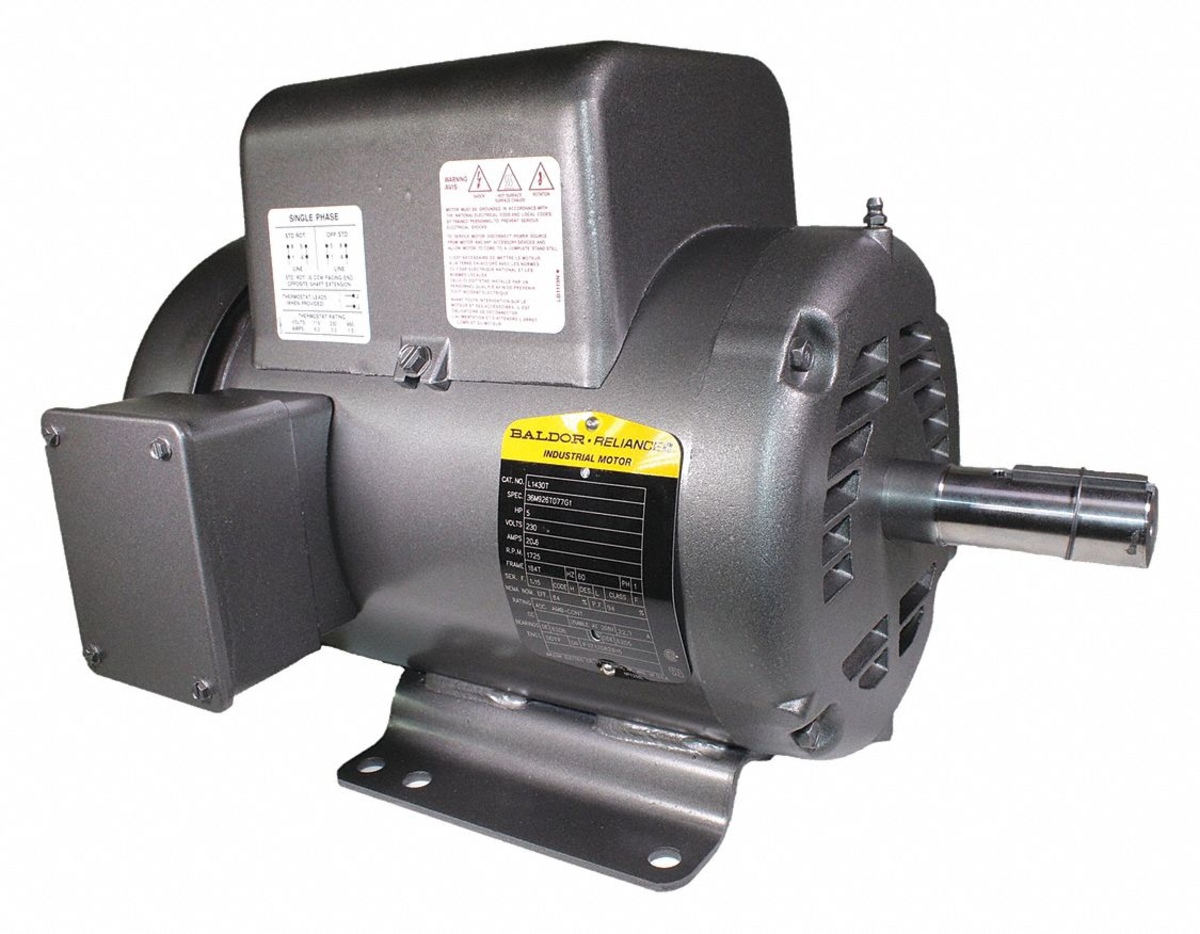

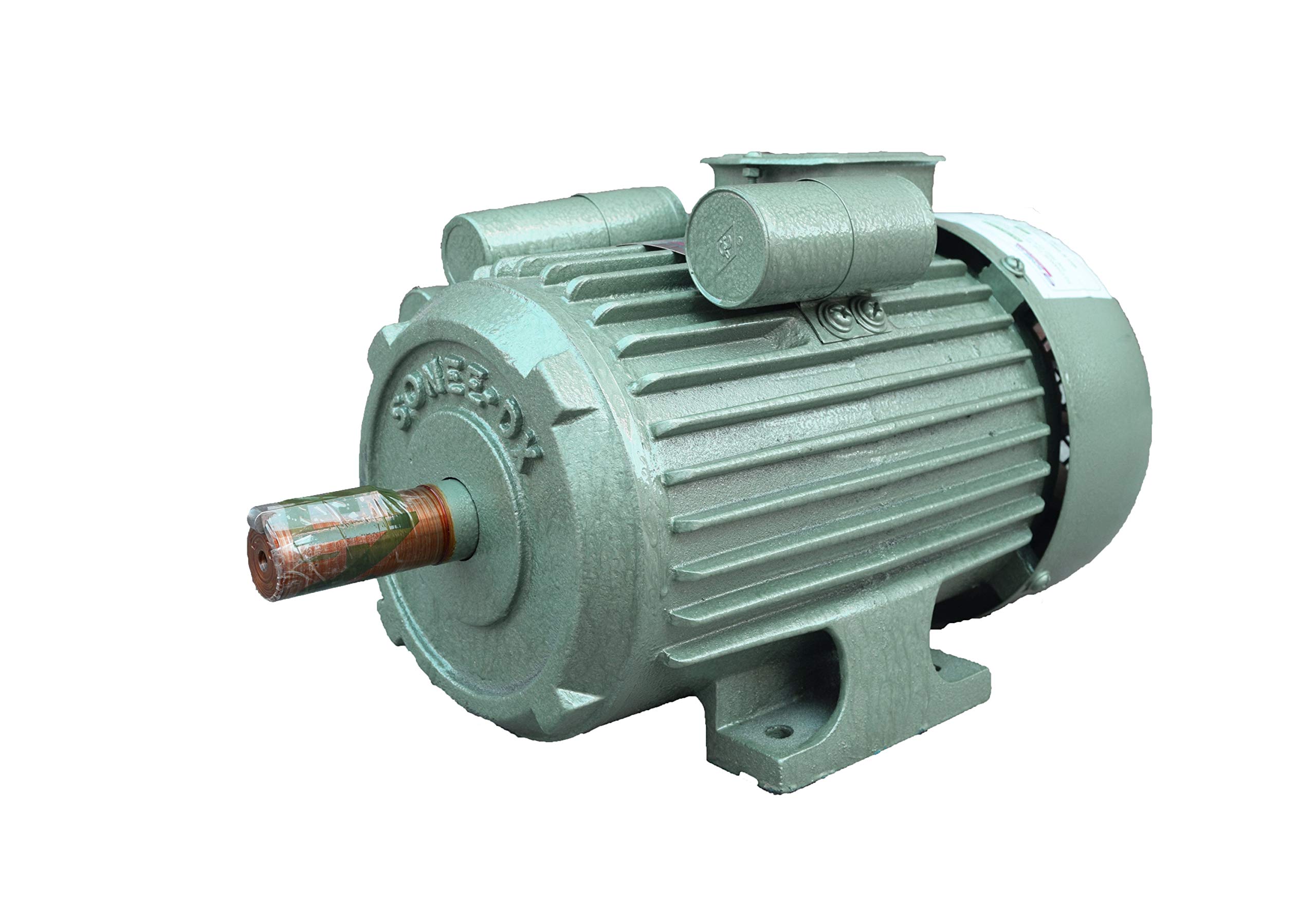

0 thoughts on “How To Calculate HP Of Electric Motor”